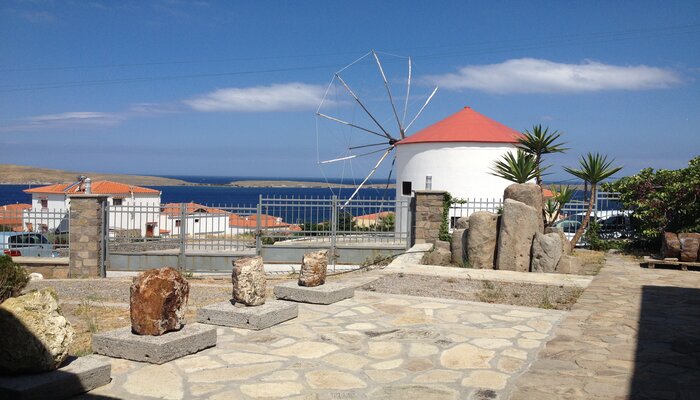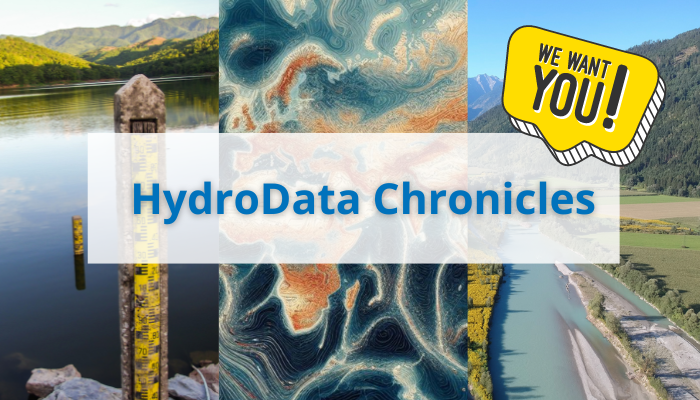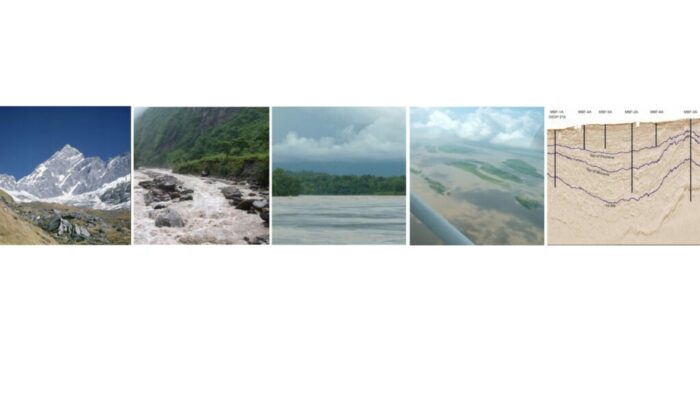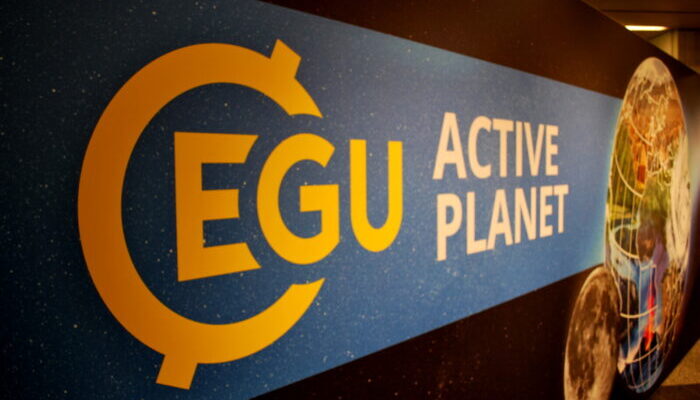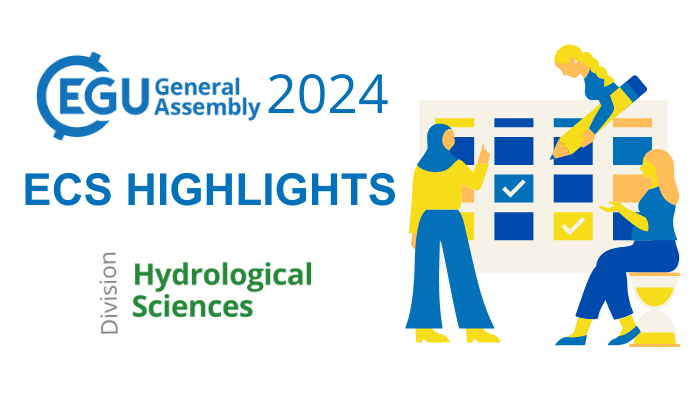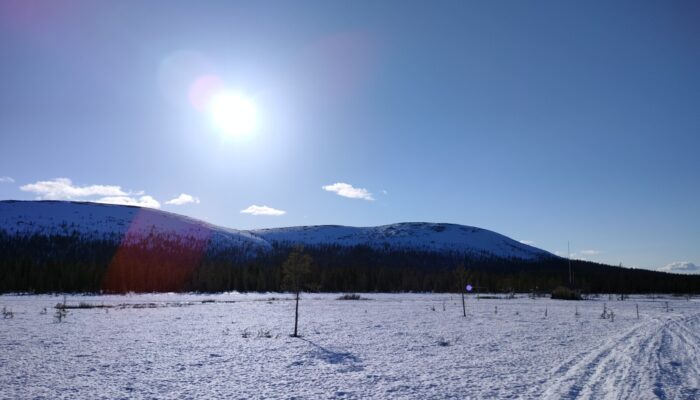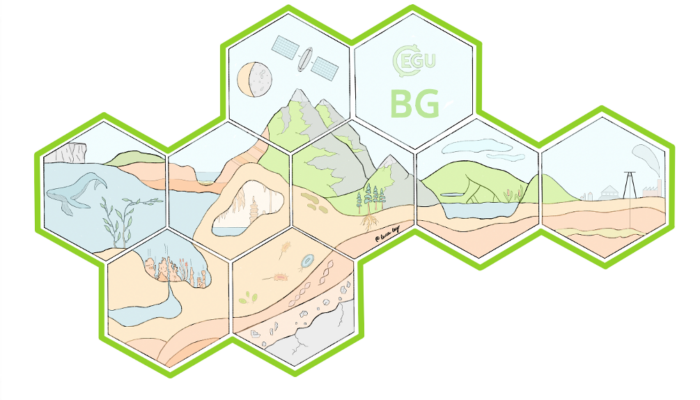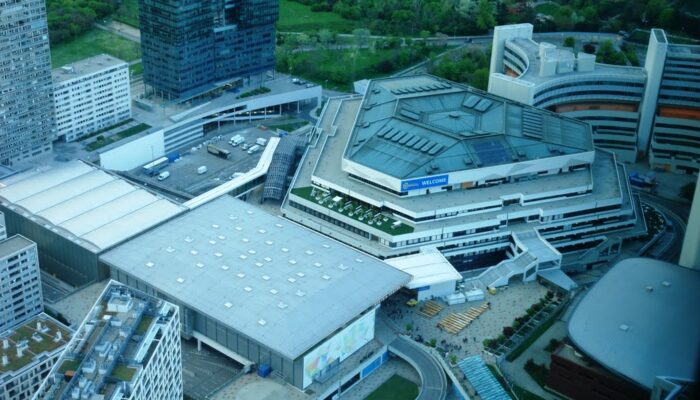Have you started planning your summer holidays, or do you desperately need to escape work? Well, rest assured we’ve got you all covered. In this week’s blog, we aim to take you on a Geojourney around the most diverse and spectacular Geoparks you can visit, the next time you travel to Greece. Greece is well known as one of the top travel destinations around the world with its dreamy sandy b ...[Read More]
Hydrological Sciences
Call for Blog Contributions: The HydroData Chronicles
We’re thrilled to announce the launch of our newest blog series dedicated to exploring the fascinating world of hydrological datasets. Join us on this exciting journey as we uncover the hidden stories within hydrological data. By highlighting cutting-edge research, insightful analyses, and captivating data, we aim to shed light on the intricacies of hydrology and draw your attention to dat ...[Read More]
Geomorphology
A conversation with Christian France-Lanord, GM Division Ralph Alger Bagnold Awardee
Recently, EGU announced the 2024 medals and awards to be presented at the General Assembly in April, and the winner of the Geomorphology Division Ralph Alger Bagnold Medal Award is Christian France-Lanord, at the Centre de Recherches Pétrographiques et Géochimiques (CRPG), University of Lorraine-CNRS, France. Christian has made many contributions to the field of geomorphology, primarily in his res ...[Read More]
Natural Hazards
Ready for EGU24?
Hey there, fellow earth enthusiasts! Are you ready to dive into EGU24? If so, grab your virtual or physical backpacks because we’re about to embark on a journey that’s bound to be as enlightening as it is exhilarating. With its diverse program offering discussions and networking opportunities, EGU24 promises to be an enriching experience. Whether you’re a seasoned participant or a newcomer, ...[Read More]
Hydrological Sciences
Experience Hydrology at EGU24 – HS Division Highlights
The EGU General Assembly 2024 will take place in a few days, on 14–19 April 2024, with more than 19,000 presentations (orals, posters, and PICOs) that will be delivered and viewed both on-site in Vienna (Austria Center Vienna) and virtually (through Zoom & Gather Town). Format news this year: There are two on-site poster sessions per-day. The posters will be set up at the assigned poster board ...[Read More]
Hydrological Sciences
Heads Up: Early Career Hydrologists Highlights at EGU 2024
The upcoming annual EGU General assembly in Vienna is a fantastic opportunity for early career scientists (ECS) to engage with the international hydrological community, present their work, and build their networks. But with the multitude of sessions, events, and lectures, it can be tricky to assemble your personal program – especially if it’s your first time attending EGU. We’ve got your ba ...[Read More]
Cryospheric Sciences
The joy of collecting snow meltwater: a problem-solving hunt for meltwater in Northern Finland
We know that climate change is affecting many aspects of what we have considered “stable” throughout a long period of modern times. One of many impacted and changing factors is snow and thereby also snow meltwater. One way to study meltwater is to trace it by the usage of stable water isotope signals and we plan to use it by asking: Are we underestimating the portions of snow meltwater in differen ...[Read More]
Biogeosciences
Eco-Omics: Harnessing meta-omics to understand the biogeosciences across scales: from the cell to Earth system.
Spatial and temporal changes in environmental conditions over billions of years have driven the evolution of diverse microbial, fungal and plant species that have shaped the ecosystems, atmosphere and climate of our Earth system. Understanding the function and resilience of organisms and our biomes in response to climatic change and their complex feedbacks requires knowledge of its component parts ...[Read More]
Geodesy
Geodesy Division Highlights at EGU24: Your Essential Guide
We have been a bit quiet during March, but that was only for a good reason: to prepare lots of engaging activities and short courses for the EGU General Assembly. So, let’s find out what’s waiting for you at the GA24. But a quick reminder that this is just a small preview of the many other exciting events planned for GA, such as the co-organised short courses and networking activities ...[Read More]
Tectonics and Structural Geology
Geomythology. Chimera: the lion, the goat, the snake and the flaming gas vents
Once upon a time in Lycia there was a land of fire, which burned so bright the light was visible by sailors navigating on the Mare Lycium, who were using the fires as a natural lighthouse. Mount Chimaera in the country of Phaselis is on fire, and indeed burns with a flame that does not die by day or night Those were the words of Pliny the Elder in his Naturalis Historia (2.110). Ancient Lycia is n ...[Read More]

